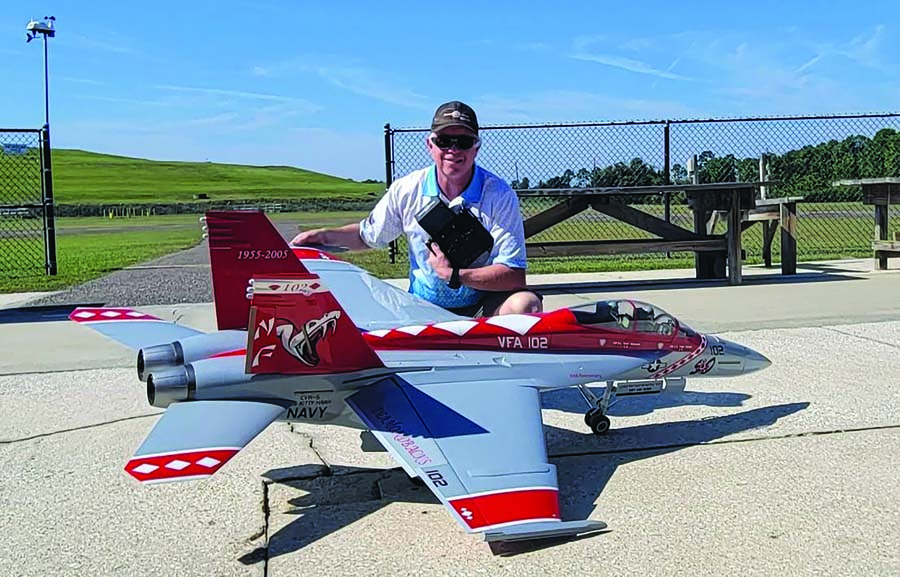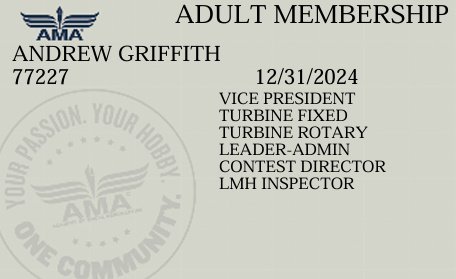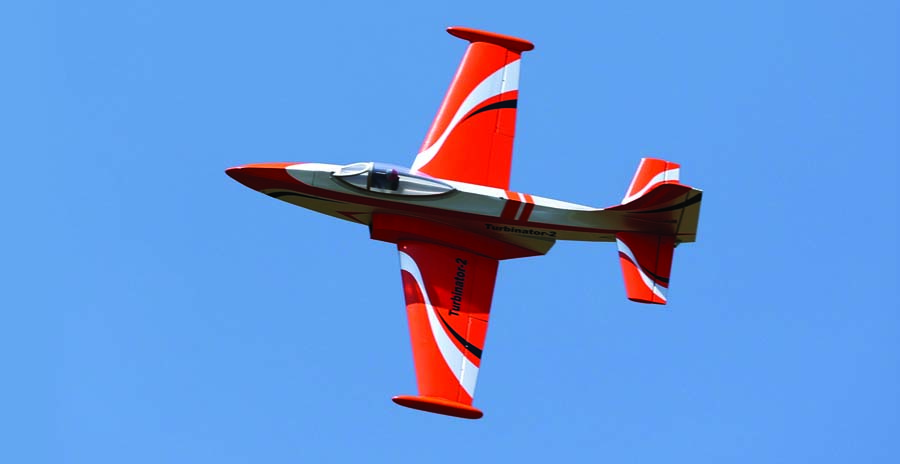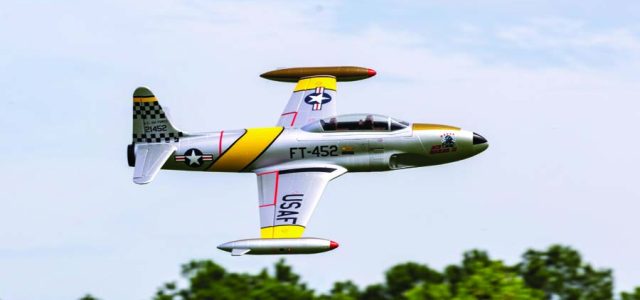Jets are cool. Get one out and set it up and you generally get the immediate attention of your fellow modelers and most spectators. If you want to take that cool to the next level, you can make the step up to a turbine-powered jet. Turbine jet flying is considered by many as the pinnacle of the hobby and the wide variety of models in many sizes of jets available attests to the popularity of what may be the fastest growing segment of the hobby.
When you’re ready to take your flying to the next level, you need to learn a new skill set and like any other skill it will require both practice and some qualified assistance. When I picked up turbine jet flying several years ago, I felt like a student all over again. I worked with experienced jet pilots, learned the procedures and techniques required to be successful, and finally attained my AMA turbine waiver. It felt like a great accomplishment, and it’s that waiver process that I wish to discuss with you this month.
50-FLIGHT REQUIREMENT
If you’re an AMA member and you aspire to fly turbine jets, you need to complete the turbine waiver process. This is an insurance requirement that will allow you to fly at club fields and AMA events. The waiver process is outlined on the AMA website (modelaircraft.org), but it starts with the requirement to complete at least 50 flights on a high-performance model that’s capable of sustained speeds of 100 mph.
The “100 mph” requirement lends itself to a variety of models. As a turbine-qualified CD who spends a lot of time doing turbine-waiver qualification flights, I prefer to see experience with a model that has heavier wing loading and flaps and retracts versus a hotliner that can easily exceed 100 mph but is a different beast entirely to fly.
GAINING SKILLS
A large, complex, electric ducted-fan model that’s equipped with flaps, retracts, and brakes and is capable of 100 mph flight is an excellent aircraft with which to begin your transition to turbine flight. You’ll learn how to clean up the model after takeoff (retracting the gear and raising the flaps) for high-speed flight as well as how to slow down, extend the gear and flaps, and set up your approach to prepare for landing. When you’re flying an EDF while preparing to fly a turbine-powered model, you can even simulate the throttle lag of a real turbine engine by slowing the throttle channel on your EDF by 1 or 2 seconds. These are all important skills required to operate a jet! If your EDF has sequenced gear doors, you’ll also learn valuable decision-making skills when you must deal with an engine-out situation and decide whether you have time to extend the landing gear or bite the bullet and do a belly-landing away from the runway to save your expensive landing gear.
TURBINE TRAINER
After you’ve put in your 50 flights and honed your skills, it’s time to turn your attention to a turbine jet. There are many suitable models on the market, but temper your desire for composite scale jet in favor of a “trainer” style jet. This will build up your flight time and confidence and be less stressful to fly for your waiver training and qualification flight. An excellent example of a turbine trainer is the Turbinator 2 sold by Boomerang Jets. This is a modestly sized jet that is built up balsa, has the engine mounted on the outside for convenient access, and flies extremely well.
To be eligible for AMA insurance coverage to fly at a club or sanctioned event, you need to have a valid turbine waiver. When you have some buddy box time on an actual turbine jet and the requisite number of high-performance aircraft flights, it’s time to do your waiver flight. That requires two turbine pilots to oversee: a turbine waiver holder and a waiver holder and Contest Director. The purpose of a turbine qualification flight is twofold. Most people think that it’s just making your flight and getting signed off, but properly done it goes deeper. I always have a discussion with potential turbine pilots about startup, ground safety issues, and post-crash fire situations and how each needs to be addressed.
When you’ve completed your waiver, sit back and celebrate! You’ve attained one of the most satisfying ratings available to model airplane pilots and you should be proud of the accomplishment. Now you can start shopping for your dream project.

My dream project is this BVM Jets 1/7-scale F-18 Super Hornet. I spent a couple of years flying sport and scale EDF jets, then transitioned to a turbine trainer and sport jet before I felt comfortable flying something this large and complex.

Author’s AMA card with both fixed wing and turbine helicopter certifications. Holding a waiver is a requirement to fly at AMA clubs and events to be eligible for AMA insurance while operating a turbine model.

A modestly sized, built-up turbine “trainer” like the Boomerang Jets Turbinator 2 is helpful to build your flying confidence and turbine operation skills. It’s also a less stressful aircraft to fly when you’re doing your waiver training and test flight.
By Andrew Griffith
Photos by Tony Lively























